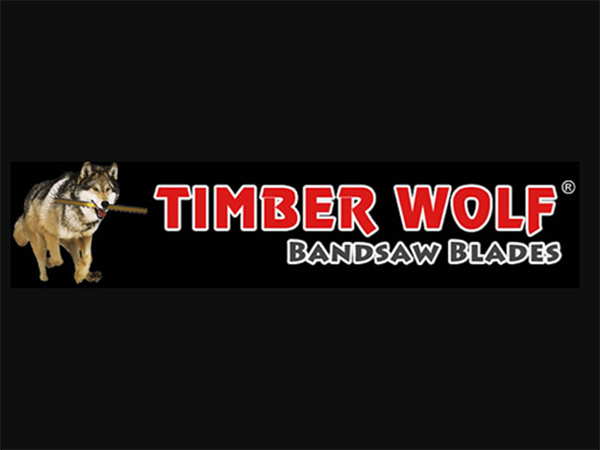
When Art Gschwind first picked up a band saw blade, it was being handed to him by his father. They had just returned from church on Sunday and his father couldn’t get his band saw to cut properly. He clamped the blade in between two wood block in his vise and showed his 8 year old son how to sharpen the blade, tooth by tooth, with a half round file.
It seemed like it took forever, says Art, but it probably only took 20 minutes. His father loaded it on the saw and it still didn’t cut right. So it was back to the blocks, the vise and his son. This time Art was shown how to bend each tooth the right way. When he was done, the blade went back on the saw and it cut like a dream.
That was Art’s introduction to band saw technology. When he started Suffolk Machinery and Supply in 1976, band saw blades were far down his list of priorities. He was interested in rebuilding machinery and selling tools. He noticed that it was difficult to find great blades for the JET and Delta band saws he sold but didn’t think much more about it.
In the early 80s, the recession hit his company hard and he could see the writing on the wall. So he approached companies like Rockwell and Makita and told them he was in trouble. Because he was so honest about it, says Art, and so forthcoming about his financials, many companies helped him get back on his feet. So he scrapped the tool business and focused on the machinery business.
One of the machines his company made was designed for the big furniture manufacturers. That’s when he started experimenting with band saw blades because, again, he had trouble finding good blades from suppliers. One furniture maker actually joked that Art should make some saw blades, but he wasn’t ready to take the suggestion seriously ? yet.
Later, he started toying with some band saw blades. Art set aside a Saturday, got an old band saw blade from Millers Falls, enlisted a friend with a horizontal milling machine and created a whole new kind of blade. This blade used a new tooth configuration with a deeper gullet. He also filed the blade so it had 5 degree rake angle based on comments he heard from his furniture making contacts.
He sent the blade to one of these furniture makers, who immediately fell in love with it and wanted more. “He wanted to buy some more and I said, ‘no, it takes a day to make them,'” says Art. But he knew he had a good design. A bit later, he was at a party and ran into a friend of a friend who was a patent attorney. He told this lawyer all about his blade and found out that he had a good case for applying for a blade design patent. Art’s father-in-law worked at a national laboratory and took the blade into an imaging machine there and scoped out all the mathematics of the design. The lawyer from the party helped him get the patent.
Art was getting excited about this project and went looking for someone who could make his blades for him. He was selling blades for Lennox at the time, but his contacts there told him he was crazy. After he exhausted his prospects in the U.S., he started looking for a manufacturer in Europe. A friend (you’ve probably guessed by now that Art has a lot of friends) remembered a Swedish company that might be interested in this kind of project.
Art contacted the Chicago office of this Swedish company and got nowhere. On a lark, he called back in nine months and talked to some Swedish guy. Turns out he had the CEO on the line. He was in Chicago to close down that office and take everything back home. The CEO, Ben, talked to Art for a while and then decided he needed to meet him. He flew into Long Island the next day, and that meeting forged a lifelong friendship and partnership.
Ben decided to take his design and build the blades in Sweden. “This little company wouldn’t be in business anymore if that hadn’t happened,” says Art. “You talk about luck. Luck is a by product of effort.”
In 1987, 18 months after his conversation with Ben, a truck pulled up to his company with the coil stock for the blades Art designed. All he had to do was cut it to length and weld it into loops. He had 500 feet of ten different kinds of blades that Ben had made. “I didn’t know at the time how expensive it was for him to do this stuff for me,” he admits, but he ran with it. He started selling tons of blades to the furniture industry and his friends there couldn’t get enough of them.
In 1991, after seeing his logo in a dream, the first Timberwolf blades went on the market. Orders poured in and Ben’s company did all it could to keep up.
Along the way, Art continued to innovate. For the last six years, Art has been developing wider band saw blades-all the way up to 2″ wide bands. Using computer imaging, he’s been able to expand the gullet and make blades he’s really excited about. When the Internet came along, the word of mouth about his Timberwolf blades spread exponentially. Now, he says, he gets about 60 percent of his business from the Net.
His business has benefited from many things, but the thing that really sticks out for Art is the help he has received along the way. “It was a handshake in 1987 that did it,” he says, when Ben and he first met and decided to go in a new direction.
– Bob Filipczak





